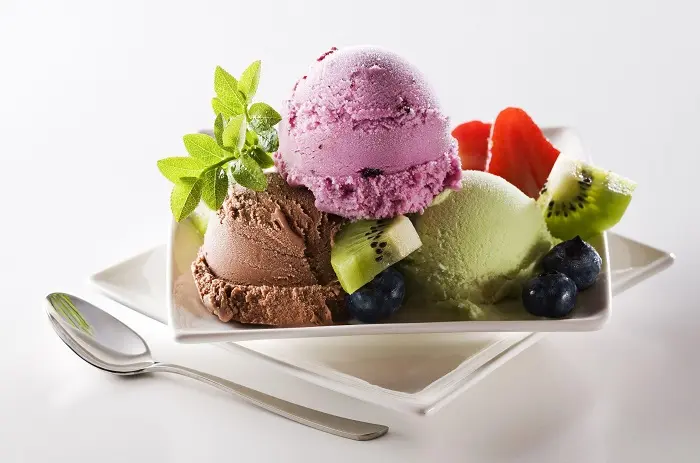Wageningen, Netherlands – Qi Wang, a researcher at Wageningen University, has introduced a new variant of low-sugar ice cream designed to replicate the texture and melting qualities of traditional ice cream. By substituting half of the sugar with hydrolyzed proteins or the sweetener xylitol, Wang has successfully created a smooth ice cream, avoiding the graininess often found in low-sugar alternatives. However, she acknowledges that further refinement of the flavor is necessary.
Reducing sugar content not only makes ice cream a healthier option, but it also addresses common complaints associated with existing low-sugar varieties, which can have undesirable textures and melting characteristics. “Our tongue is very sensitive and detects even the slightest differences,” Wang noted, emphasizing the challenge of achieving the right consistency.
Wang defended her thesis today with the Physics and Physical Chemistry of Foods group, showcasing her innovative approach. She explained that while a scoop of ice cream may appear simple, it comprises a complex interplay of fat droplets, ice crystals, air bubbles, and unfrozen syrup water. Sugar plays a vital role in maintaining this structure, particularly by acting as an antifreeze agent that hinders ice crystal formation.
To find alternatives to sugar, Wang and her supervisor, Elke Scholten, explored various substances, including xylitol, the amino acid lysine, and a mixture of peptides and amino acids. In a professional ice cream maker, they created three new low-sugar variants, all flavored with vanilla and sweetener, by replacing half of the sugar with these substances while incorporating larger molecules to maintain viscosity.
In the laboratory, Wang utilized specialized equipment to assess the melting properties and hardness of the new ice cream. “We melted it on a fine mesh,” she explained, describing the method for calculating melting speed. The results indicated that the new ice creams closely matched the texture and melting characteristics of regular ice cream.
Ninety participants were invited to taste-test the low-sugar ice cream, and while they noted the soft, creamy texture and similar melting behavior, the overall ratings were lower than those for traditional ice cream. The variants made with broken-down proteins and lysine received scores of approximately 4.5, compared to 7.5 for regular ice cream. Participants attributed this to a slightly salty or bitter aftertaste from the proteins.
The variant containing xylitol fared slightly better with a score of 6.5, though it too was noted for an aftertaste. Wang remains optimistic, suggesting that enhancing the ice cream with flavors like caramel or coffee could mask the protein taste.
Looking ahead, Wang is determined to further her career in the food industry in the Netherlands while nurturing her passion for ice cream. “In ten years, I hope to open my own ice cream parlor, specializing in low-sugar ice cream,” she said, signaling her commitment to this innovative endeavor.


